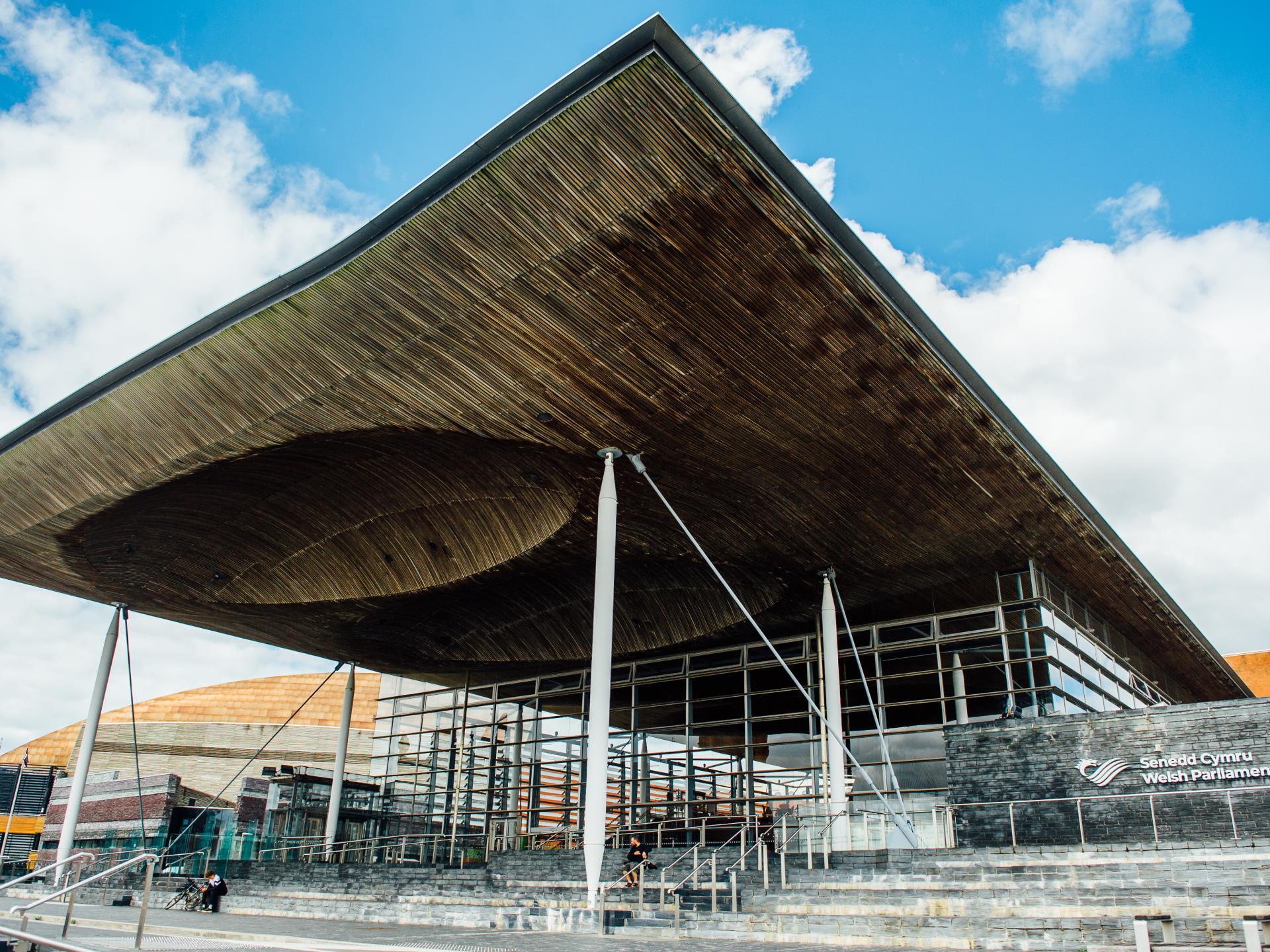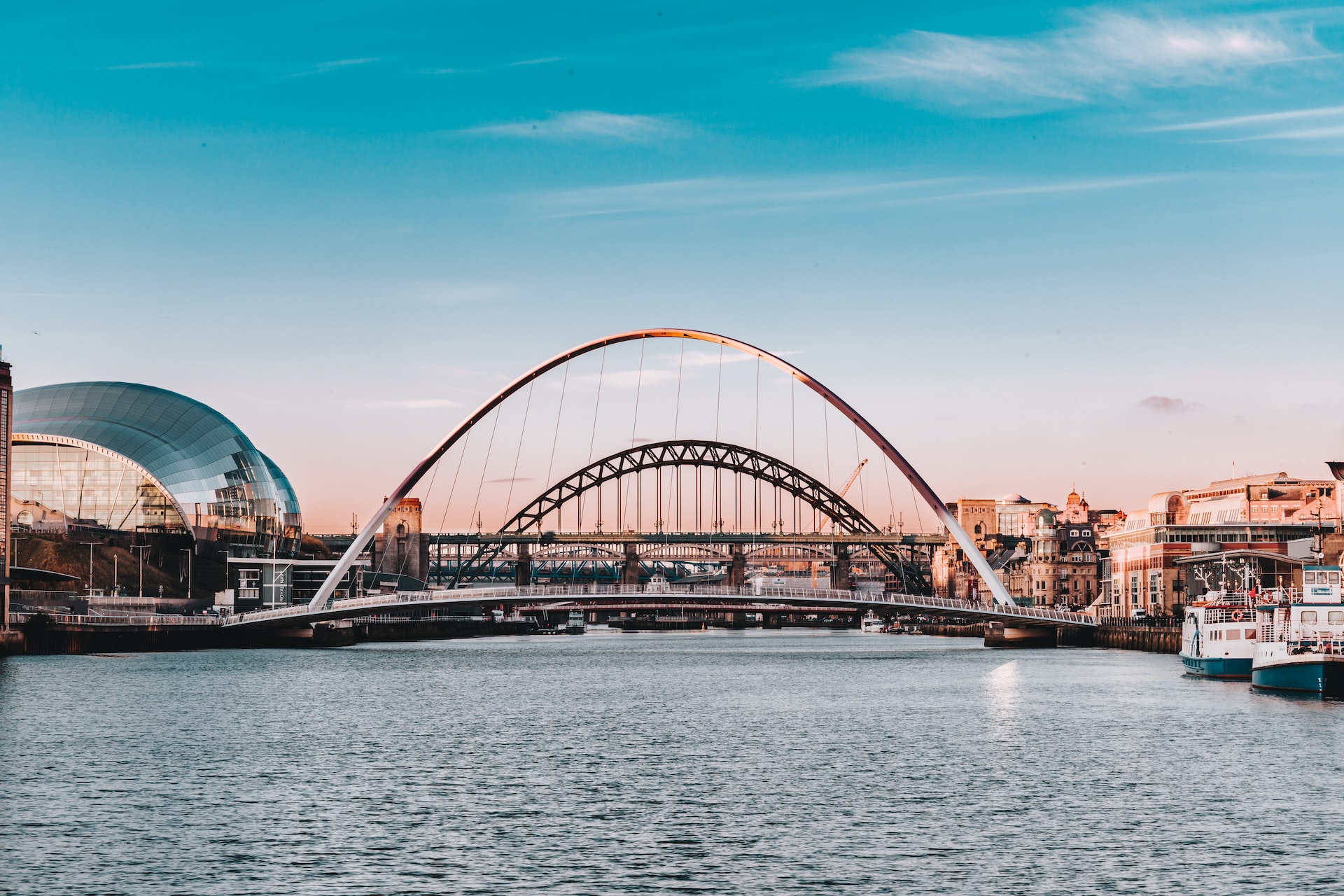The longest-reigning Queen of the United Kingdom, Her Majesty Queen Elizabeth II, died at Balmoral Castle at 96. In memory of Queen Elizabeth II, we decided to look back at 10 of the iconic buildings she opened during her reign 70 years.
Elizabeth II, who was 25 years old when she ascended to the throne on February 6, 1952, ruled the United Kingdom and 14 other Commonwealth nations until her passing on September 8, 2022. Her Majesty celebrated her Platinum Jubilee earlier this year, marking 70 years since her accession to the throne and making history as the first British monarch to do so.
Queen Elizabeth II opened various public structures in the UK, Australia, and New Zealand throughout her record-breaking reign as monarch, cutting her share of red ribbons. Also, Queen Elizabeth II approved the Royal Gold Medal for Architecture every year, from Le Corbusier to Norman Foster, Frank Gehry to Zaha Hadid, and most recently, Balkrishna Vithaldas Doshi.
Here are the ten most iconic buildings officially opened by the Queen, including museums, opera houses, parliament buildings, and more.
1. Senedd Cymru by RSHP
The elected body that directs law and policy-making for Cardiff, Wales, is housed in the Welsh Parliament, established in 2006.
The National Assembly for Wales needed a new home, and Rogers Stirk Harbour + Partners won the worldwide design competition in April 1998. (Currently named as Senedd Cymru – Welsh Parliament). The brief included a helpful construction specification and expressed a strong desire for an accessible structure fit for the twenty-first century. Under the initial design requirement, RSHP produced a work of architecture that was distinctive, unique, and would interact with Cardiff Bay, Wales, and beyond.
2. Gateshead Millennium Bridge by WilkinsonEyre
Wilkinson Eyre Architects designed the Gateshead Millennium Bridge over the River Tyne. The Gateshead Council as a tool to revitalize the City of Gateshead. On the other hand, Newcastle is well recognized and associated with the river and its bridges. Gateshead has remained virtually unknown to the rest of the globe. Therefore, the goal was to produce a pedestrian and cycling bridge that may change unfavorable or neutral attitudes and give Gateshead a positive identity apart from its neighbor on the opposite bank.
The Queen formally inaugurated the bridge in May 2002. In October of the same year, it was given the Stirling Prize, the highest honor in British architecture.
3. Museum of Scotland by Benson + Forsyth
The museum is located not far from the center of Edinburgh’s historic district, employs the items in its collection to chronologically convey the tale of Scotland from its geological inception to the present. The building’s design is influenced by how artifacts, exhibits, architectural promenades, and space are integrated.
The Queen officially opened it in November 1998.
4. Sydney Opera House by Jørn Utzon
Sydney’s Sydney Opera House is a complex performing arts building. It is recognized as a masterpiece of 20th-century architecture and is situated on the shores of Sydney Harbour. It is one of the most well-known and recognizable structures in the entire globe.
The Sydney Opera House’s ceremonial opening in 1973 drew one million spectators, and the Queen praised the iconic structure as a “splendid triumph of engineering and design.”
5. The Commonwealth Institute by RMJM
Project architect Robert Matthew aimed to realize the idea of a “tent in the park.” This idea creates the design’s functional and aesthetically pleasing elements.
The main building’s interior is arranged as a three-level exhibition hall. Administration offices, a library, and a cafe-restaurant are housed on several platforms inside. These spaces are designed around a core display room that is flexible and open-plan.
6. The Beehive by Basil Spence
The Beevies (Executive Wing of New Zealand Parliament Buildings) is situated at the intersection of Molesworth Street and Lambton Quay in Wellington. Its name comes from the similarity between its shape and the traditional woven beehive known as a skep. It is listed by Heritage New Zealand as a Category I historic structure. In 1964, Scottish architect Sir Basil Spence created the Beehive’s initial conceptual design. The Beehive was constructed over several years, from 1969 to 1979.
7. Barbican Centre by Chamberlin, Powell, and Bon
Commercial developers were drawn to the Barbican because of its location in the British capital’s financial district, resulting in various office-building plans. The Corporation rejected them, in part because of the declining population in the region. The population fell from 100,000 in 1851 to little over 5,000 in 1951 as a result of the area’s increased commercialization. The City of London was in danger of losing its Member of Parliament (MP) and its political influence because of its tiny electorate. By luring new inhabitants into this gap in the City, a housing plan proposed by Chamberlin, Powell, and Bon in 1955 presented a chance to stop the population decrease.
When the Barbican Institution opened in 1982, it was the most significant art center in western Europe and was hailed by the Queen as “one of the wonders of the contemporary world.”
8. Lloyd’s building by Richard Rogers
The insurance company Lloyd’s of London is based out of Lloyd’s building. It is situated where East India House had stood on Lime Street in London’s central business area, the City of London. The structure is a prime example of radical Bowellism design, in which the building’s facilities, such as ducts, and elevators, are placed outside to maximize internal space.
The original 1928 structure on the western corner of Lime and Leadenhall Streets was torn down to make room for the current one, officially inaugurated by Queen Elizabeth II on November 18, 1986. Lloyd’s hired Richard Rogers to renovate the site.
9. Australian Parliament House by Mitchell Giurgola and Thorp Architects
Its design was picked out of more than 320 entries in international contests. A total of 20 volumes, piled up roughly a meter high, made up the most challenging design brief ever given to participants. It took seven years to develop. In their winning proposal, Mitchell/Giurgola & Thorp, an architectural practice located in New York. It envisioned a Parliament that emerged out of the environment symbolically.
The Queen formally inaugurated Parliament House as part of Australia’s bicentennial festivities, which celebrated 200 years since the first fleet of British ships entered the nation.
10. London’s Royal National Theatre by Denys Lasdun
One of London’s most well-known and divisive instances of Brutalism, “The Royal National Theatre,”; designed by English architect Denys Lasdun in 1976, consistently ranks as one of the nation’s most despised structures.
The building is located on the South Bank of the Thames. It was constructed with Lasdun’s concept of “architecture as the urban landscape”. The complex has three principal theaters: an open-stage theater, a vast amphitheater, a smaller Proscenium theater, and a third tiny studio theater. These performance halls are surrounded by various interior areas; including a learning center, restaurants, a riverfront bar, and a bookshop, which combine with expansive terraces and confusing alleyways to provide a city-like arrangement.

- Australian Parliament House
- Barbican Centre
- Basil Spence
- Denys Lasdun
- Gateshead Millennium Bridge
- GEN
- Jørn Utzon
- Lloyd's building
- London's Royal National Theatre
- Mitchell Giurgola
- Museum of Scotland
- Queen Elizabeth II
- Richard Rogers
- RMJM
- Senedd Cymru
- Sydney Opera House
- The Beehive
- The Commonwealth Institute
- Thorp Architects






























Leave a comment